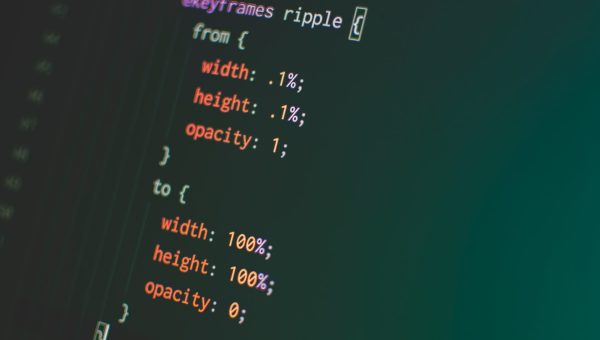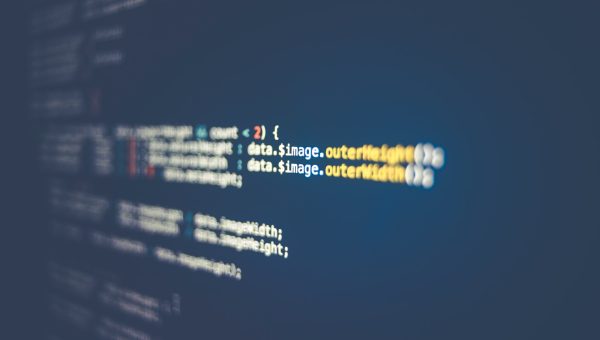MySQL on Docker: Building the Container Image
Building a docker image for MySQL is essential if you’d like to customize MySQL to suit your needs. The image can then be used to quickly start running MySQL containers, which can be operated...
What to Test Before Upgrading to MySQL 5.7
As we saw in a previous post, there are some important changes between MySQL 5.6 and 5.7. Since the behaviour of some existing features been altered, some detailed testing of the upgrade is in order....
Webinar Replay: MySQL Database Performance Tuning
Thanks to everyone who participated in this week’s popular webinar on MySQL Database Performance Tuning, which looked at answering the following questions: You’re running MySQL as backend database, how do you tune it to make...
Understanding What Has Changed Between MySQL 5.6 and 5.7 Before Upgrading
MySQL 5.7 has been GA since October 2015. At the time of writing, it is still a very new release. But more and more companies are looking into upgrading, as it has a list of...
MySQL Docker Containers: Understanding the Basics
Docker is quickly becoming mainstream, as a method to package and deploy self-sufficient applications in primarily stateless Linux containers. But for a stateful service like a database, this might be bit of a headache. How...
MySQL Slave Promotion With and Without Using GTID
MySQL Replication can be fragile: whenever it encounters a connectivity error, it will retry and if it is a serious error, it will simply stop. Obviously in the latter case, you will need to repair...
The Difference Between MySQL Multi-Master and Multi-Source Replication
MySQL replication can have various topologies and the most well known topology is the Master/Slave topology, where one host is the master and the slave replicates all transactions from the master. Lesser known are...
MySQL vs MongoDB: Deployment & Provisioning
If you are a MySQL DBA you may ask yourself why you would install MongoDB? That is actually a very good question as MongoDB and MySQL have been in a flame-war a couple of years...
New Whitepaper: MySQL Replication Blueprint
MySQL Replication has become an essential component of scale-out architectures in LAMP environments. When there is a necessity to scale out, MySQL offers a multitude of solutions, the most common being to add read replicas....
MySQL Replication Failover – MaxScale vs MHA: Part Four
In the earlier blogs in this series, we concluded that MaxScale with MariaDB Replication Manager still has some way to go as a failover solution. The failover mechanism relied on MariaDB GTID, needed a wrapper...
Webinar Replay: The MySQL Replication Blueprint
Thanks to everyone who participated in this week’s live webinar introducing our blueprint for MySQL Replication. If you missed the session and/or would like to watch the replay in your own time, it is now...
How ProxySQL Adds Failover and Query Control to Your MySQL Replication Setup
In a previous blog post, we discussed the installation of ProxySQL and its configuration system. In today’s post, we’ll set up ProxySQL to work in a MySQL Replication environment managed by ClusterControl. We will take...












